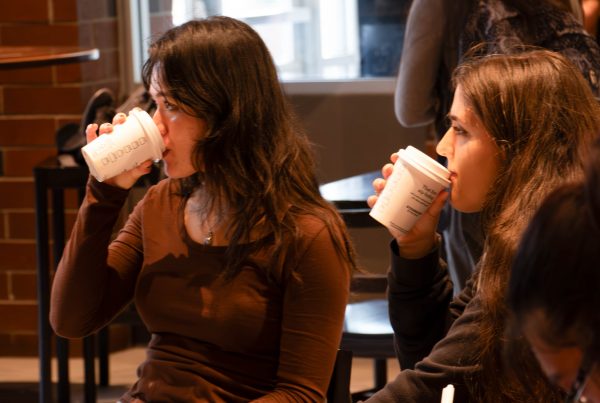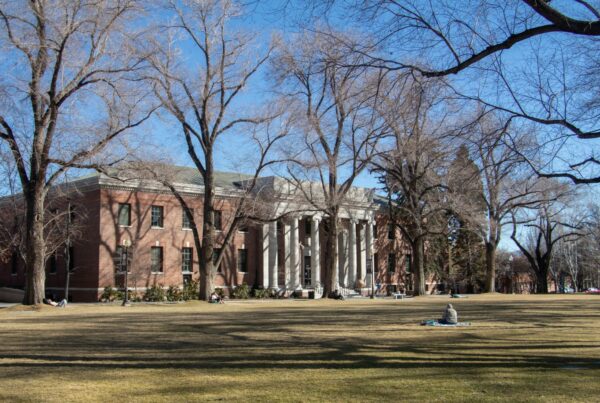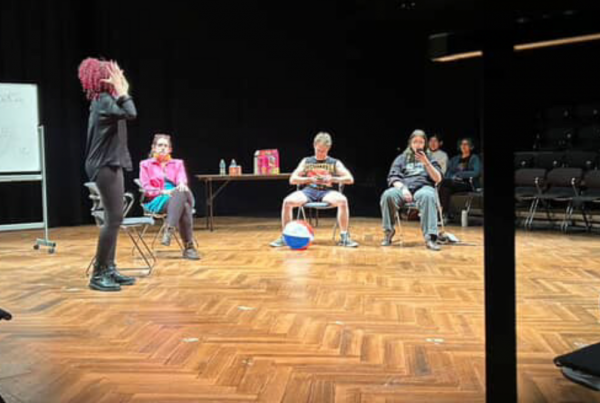The Nevada Wind Ensemble amazed the crowd with expertly performed music, accompanied by the beautiful view from the quad and illuminated by the sunset on Sept. 22. However, when it was over, the audience was falling asleep.
The conductor, Reed Chamberlin, bounced his baton with so much energy, life and direction. If the aim of the concert was for the School of Music to showcase their talent and all the hard work they put into their craft, they succeeded.
However, Reed Chamberlin introduced the audience to the concert’s themes by saying they intend to celebrate UNR’s History and the West. This is where it began to go awry.
Ringing with nostalgia for a time that no one shared, it disconnected itself from the audience because no one could relate to it, and all of this was reflected in the program.
The first song of the night was the American classic: Star Spangled Banner. The performers had expert precision, were focused and no notes felt out of place.
The ensemble then began to play “Sesquicentennial Exposition March” by Sousa. It was impressive with moments of energizing rhythms and swinging melodies, but it was still just a tune to march to. The song ironically felt like exposition in that way. A long slog that makes one think they have to pay attention to it or else they’d miss something important.
The next piece was “English Folk Song Suite” by Vaughan Williams. It had the catchiest tune, but was mostly stimulating when one tries to place all the tunes they found familiar.
The word of the night was “familiarity,” especially with the following piece, “Clarinet Candy,” by Anderson. This was the most enjoyable. Its chaotic melody and flurries of notes reminded me of a 90s movie, specifically in a scene where everything starts going wrong.
Yet the concert’s selection did not impress after the brief moment of excitement, especially with the next song, John Williams’ “Overture to the Cowboys.” This song had musical motifs that were reminiscent of old westerns and old Hollywood, but only one element. It felt like the song was alluding to them rather than exploring these topics. It had less depth than a parody.
The night ended with Sousa’s “The Stars and Stripes Forever.” It fails to wow since it is the second patriotic song to have been played that night.
This concert did not feel like a wind ensemble. The ensemble chose songs that could’ve been done by any orchestral band. Where was its identity?
The musicians played well, and the conductor was clearly an expert in his craft, but the outside atmosphere could not save the crowd from being bored to tears.
The concert had an opportunity to play something new and exciting, but instead, it wanted to reminisce on the old. Let this be a lesson to orchestral bands, masterful musicians can’t make a boring program any less boring — gorgeous venue be damned.
Quay Skankey can be reached via email at peregrineh@sagebrush.unr.edu on Twitter @SkankeyQuay, or on Instagram @quay_skankey








